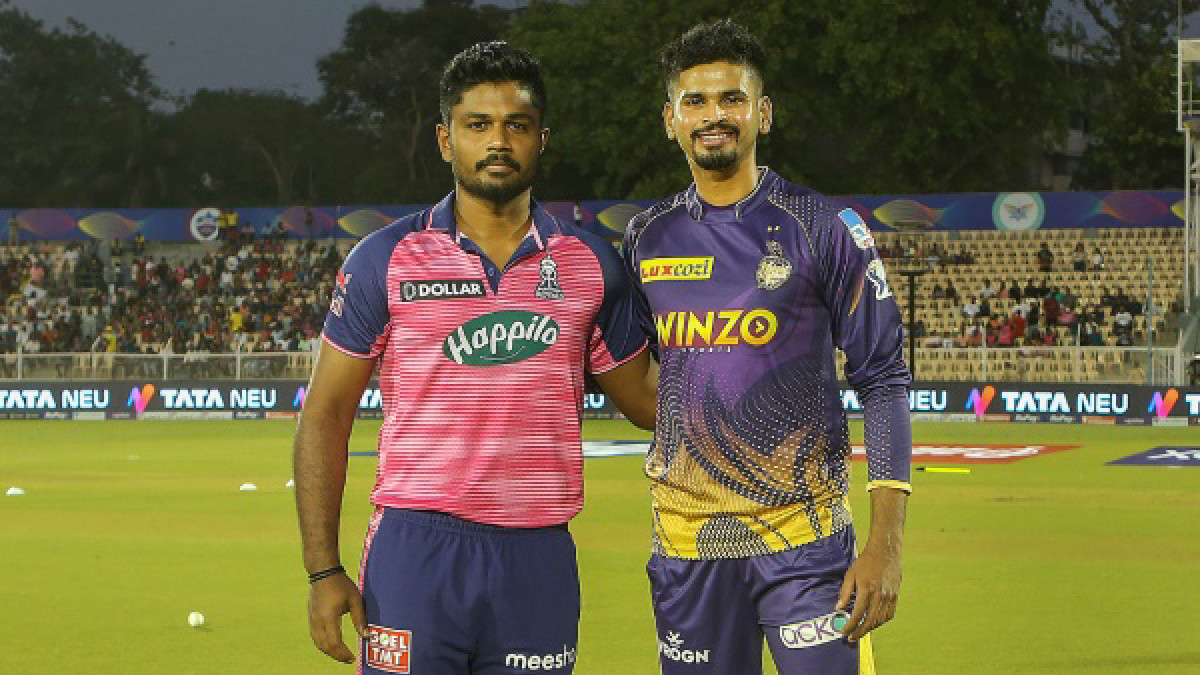
What is a Floor Test in Indian Parliament?
In the light of Harish Rawat's floor test in Uttarakhand, the question that arises now is whether the test holds any meaning in the first place.
Given the fact that the Congress was already rejoicing Rawat's reinstation (even before the tests were conducted), the idea of floor test seems to be redundant, especially in the Indian scenario which is governed by part influence. For those who do not have an idea about what a Floor Test is, here is a brief overview:

Testing waters
The Indian constitution under Article 356, states that if the governor of a state feels that the state machinery has broken down, he can request the President of India to take direct control of the State, which is termed as the President's Rule.
[Read: Rawat wins trust vote: SC okays his return as Uttarakhand CM ]
Now that the governor is appointed by the President with the advice of the cabinet, it is to be noted that President's rule is equivalent to Central government running the state, which again is against the federal structure.

Incidentally, it had come to the notice of the state juduciary that the governments at the Centre in the past were misusing their power to bring down "unfriendly" state governments and imposing President's rule according to their whims.
Post the S. R. Bommai v. Union of India case, the Supreme Court of India decided to stop the misuse of Article 356 to stop the Central Authority on the state.Thus, came into the affect the Floor Test. The Supreme Court decided that the constitutional machinery would be tested on the floor of the Legislative Assembly of the State (by votes) and not as per the whims of the governor.
[Read: Uttarakhand floor test: The magic number is 31 ]
To
be
specific,
the
SC
laid
down
the
following
Principals:
- The majority enjoyed by the Council of Ministers shall be tested on the floor of the House.
- Centre should give a warning to the state and a time period of one week to reply.
- The court cannot question the advice tendered by the CoMs to the President but it can question the material behind the satisfaction of the President. Hence, Judicial Review will involve three questions only:
a.
Is
there
any
material
behind
the
proclamation
b.
Is
the
material
relevant.
c.
Was
there
any
mala
fide
use
of
power.
- If there is improper use of A356 then the court will provide remedy.
- Under Article 356(3) it is the limitation on the powers of the President. Hence, the president shall not take any irreversible action until the proclamation is approved by the Parliament i.e. he shall not dissolve the assembly.
- A356 is justified only when there is a breakdown of constitutional machinery and not administrative machinery
What happened in Rawat's case and where the Centre went wrong
Declaring the official results of the floor test itself, the SC sent out a strong message to the NDA government that it should lay its hands off Articke 356. Incidentally, never was the apex court forced to step in on the functioning of a legislature.

The BJP mistook its decision in Arunachal Pradesh as an uncontested victory and tried to apply it in Uttarakhand. A few believe that the NDA Centre did a big mistake of promoting instability by luring rebels, imposing President's rule, revoking it and allowing the rival faction to manipulate the trust vote.
The first shock came from the Uttarakhand High Court, which quashed the revoking of President's rule to pre empt a trust vote and then quashing it. The Supreme Court supported the verdict by encouraging the floor test under its supervision.
Furthermore, the SC disqualified rebel MLAs from voting in the assembly, upholding the Anti-Defection Law in letter and spirit.
In fact, the Uttarakhand Chief Justice KM Joseph, who was part of the 2-member bench that quashed President's Rule in the state, announced the verdict and used some really harsh words against the Centre. He said that the court was pained by the Centre that was acting like a "private party" instead of being unbiased. "We are pained that the Central government can behave like this. How can you think of playing with the Court?" asked Joseph.
Rawat's victory a slap on BJP's face
According to inside reports, Congress got 33 votes and the BJP received 28 votes. Among those who supported the Congress were Madhya pradesh CM Mayawati, and BJP MLA Bheem Lal Arya. Congress MLA Rekha Arya supported the BJP. The Progressive Democratic Fund (PDF), barring two BSP MLAs, pledged support of Congress.

Rawat has won and Congress gets another chance to fix the unattended issues. However, a lesson has been learnt- there is no power over the Supreme Court.


 Click it and Unblock the Notifications
Click it and Unblock the Notifications

























![Cops Recover Phones Of Parliament Security Breach Accused In Burnt Condition In Rajasthan [Pics] Cops Recover Phones Of Parliament Security Breach Accused In Burnt Condition In Rajasthan [Pics]](https://imagesvs.oneindia.com/fit-in/165x95/img/2023/12/phone-parts-03-1702785071.jpg)








